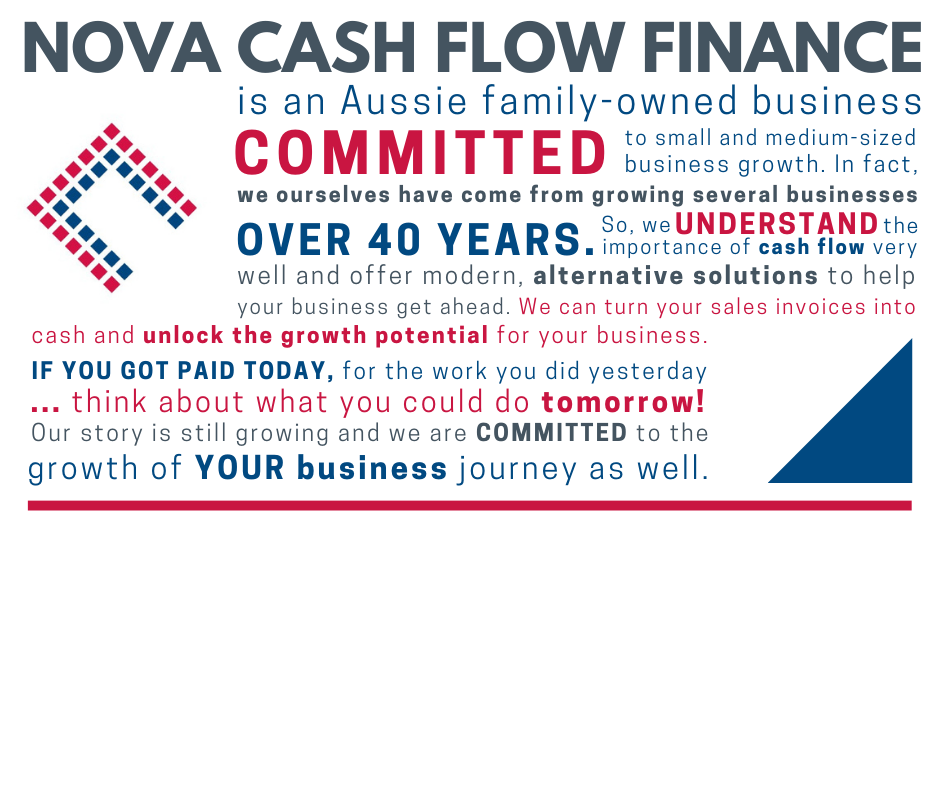
Are you a business owner struggling with cash flow problems? If so, you’re not alone. Many companies face cash flow challenges, which can put their entire business at risk.
By controlling your cash flow, you’ll be able to pay your bills on time, spend less time trying to collect payments from customers, and grow your business with peace of mind.
Here are our top 6 tips to help you manage your cash flow effectively:
Tip 1: Analyse your cash flow by creating a cash flow forecast.
This is a critical first step to improve your businesses cash flow. The forecast will help you predict any potential issues and provide an early warning system to take corrective measures before it’s too late.
Use an Excel spreadsheet or accounting software to track your cash inflows and outflows each month.
Regularly compare your actual cash position against your projection and deal with any issues promptly.
Tip 2: Monitor to accounts receivable to speed up payments from your customers.
One of the main reasons for cash flow issues is overdue or unpaid invoices from your customers.
To avoid this;
- Always invoice as soon as the job is complete.
- Set up an automatic email reminder system to ensure that your invoices are paid on time and consider offering payment plans so you can get you’re the cash owed to you sooner.
- Payment incentives can encourage customers to pay by a certain date, improving cash flow.
- Offer several payment options and make it convenient for your customers to pay their invoices online by providing a link on your invoices.
- If you have a large job or a special order, ask for a deposit at the start and progress payments throughout.
Tip 3: Manage your expenses.
Managing your expenses is crucial in maintaining a healthy cash flow. Look at how you’re paying your expenses and see where you can cut costs and reduce unnecessary expenses to improve your cash flow.
- For regular overheads, compare bills with other providers to ensure that you’re not paying more than you need to.
- Use the full payment terms for suppliers that provide goods or services on credit.
- Separate your business and personal bank accounts and include a separate account for compliance payments.
- Consider renting instead of buying and reduce unnecessary expenses to improve your cash flow.
Tip 4: Negotiate longer payment terms with your suppliers to give you more time to pay!
It might be possible for a supplier to extend payment terms from 30 days to 45 days if the relationship is good and the terms are fair.
Additionally, it is worth asking for discounts if you can commit to paying within a certain period of time. This can help to improve cash flow and reduce the burden of having to pay suppliers in the short-term.
Tip 5: Keep track of your inventory levels, monitor demand, order wisely to avoid overstocking or understocking.
Holding too much stock can tie up cash, so it’s essential to manage your stock effectively.
If you have old or excess stock that’s not moving, get rid of it. Work on having just the right amount of stock to service your customers.
Tip 6: Consider invoice finance or invoice factoring.
If you need additional cash flow and have a large number of outstanding invoices, consider alternative financing options. Invoice finance or invoice factoring will use your unpaid invoices as collateral in exchange for an immediate cash payment.
To learn more about invoice financing and how it can help you, contact our friendly team today!


